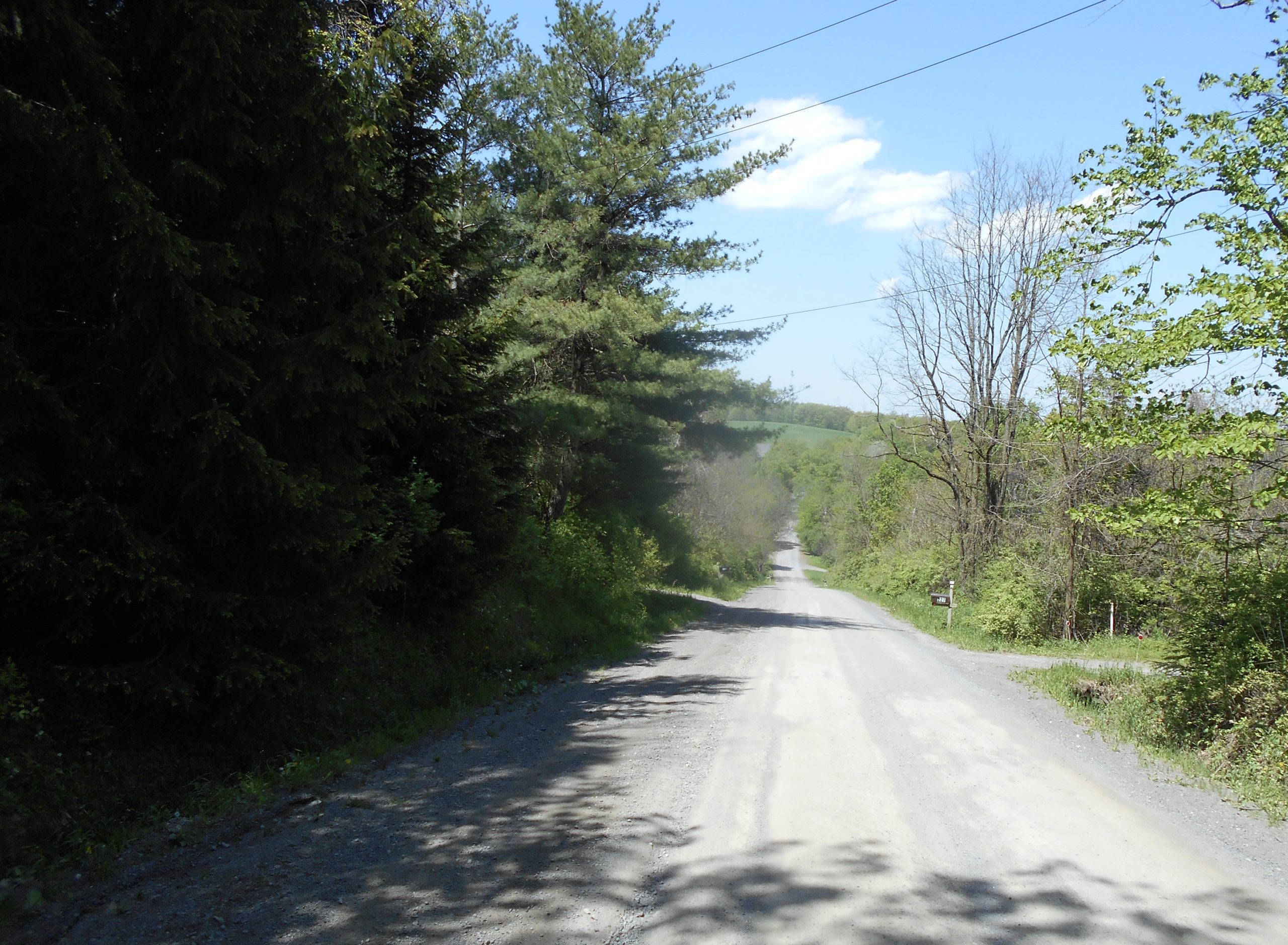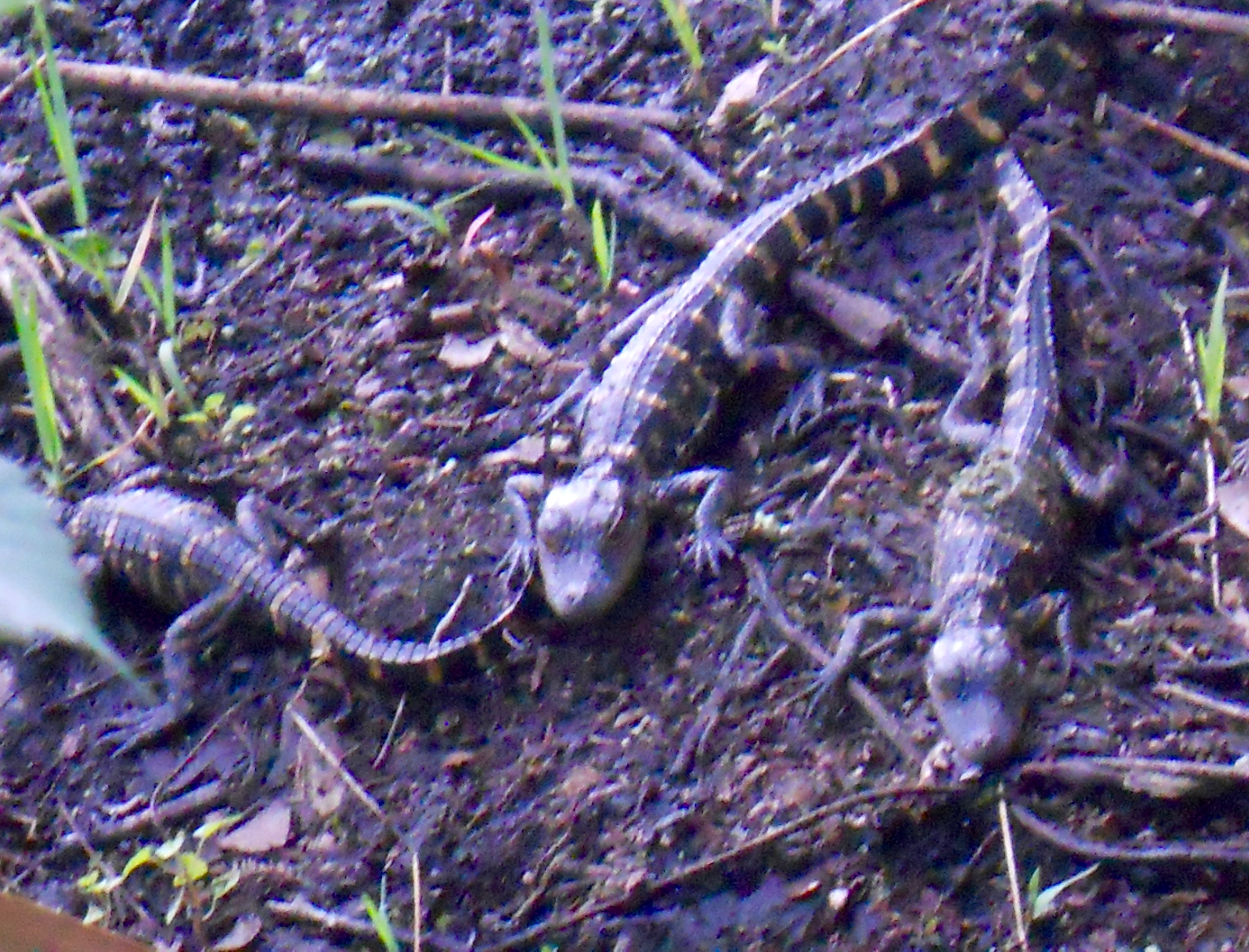Walking has taken on new significance and importance today, due to the coronavirus. Gyms are closed, so the outdoors have become a gym we all share. Or we have always shared this gym, but maybe we now do it more deliberately. Almost everyone I know says they take walks. Where we each go⎼ that is not so shared. Some have the privilege of deep forests, beaches, or river sides, others city streets, parks, or parking lots.
I took a walk a few days ago that could have gone on forever. Our home is in a rural area, on a steep hill, and I only stopped when my legs tired. I was also experimenting with how to walk as more a meditation⎼ how to lose myself for at least a few moments. And how, when my mind wandered, to kindly return attention to the basics⎼ breathing, looking, listening, and feeling.
When I first started my corona-walks, I distracted myself from each step so the weight of steps wouldn’t drag me down. The walk up our hill is challenging. I would set a goal to exercise for maybe 30 minutes or an hour. But if I began each walk thinking about how many minutes I had left to finish, each step would become a burden. So I either counted steps or thought about interesting ideas or people or projects I could take on. Or I played this game with myself. I pretended I would only walk to the big house up the road. And when I arrived there, I’d tell myself to walk just a bit more, to the maple tree where I saw the turkeys last week. And when I reached the maple tree I’d continue to the next memory or turkey siting.
But not this time.
In an online birding class I took recently, the teachers spoke about how we honor the birds we live with by knowing their names and their songs. This was a new and beautiful idea for me. But as I walked, I just wanted to listen. To name the birds would be another distraction from the song itself. It would mean me, here, and it, there. But to stop walking and just listen, the sound grew closer and clearer. And when the song ended, the trees and insects and stones and cars on the road were waiting for me even more distinctly.
In the past, I often thought about what it meant to feel at home someplace. This is the answer. That the gullies, streams, and trees, the wind, heat, and the house I owned would live inside me, not just me inside it. That I’d be open to all of it. That it would be a place to love and think.
There are so many ways to think. We can think rationally and critically, use words, concepts, examine theories, research and organize facts. Or we can let our minds wander through imaginative realms, memories of the past or ideas of the future⎼ through our pictures of ourselves or how others picture us. Or we quiet the mind, by focusing on a singular chosen point of focus⎼ the breath, sensations, the maple tree, and especially feeling⎼ or awareness of whatever arises in the immediate moment, including awareness itself….
**To read the whole piece, go to the Good Men Project.
*For information on walking safely when you might meet up with other people, in this time of the coronavirus, please refer to this NPR program, Masks and the Outdoor Exerciser.


